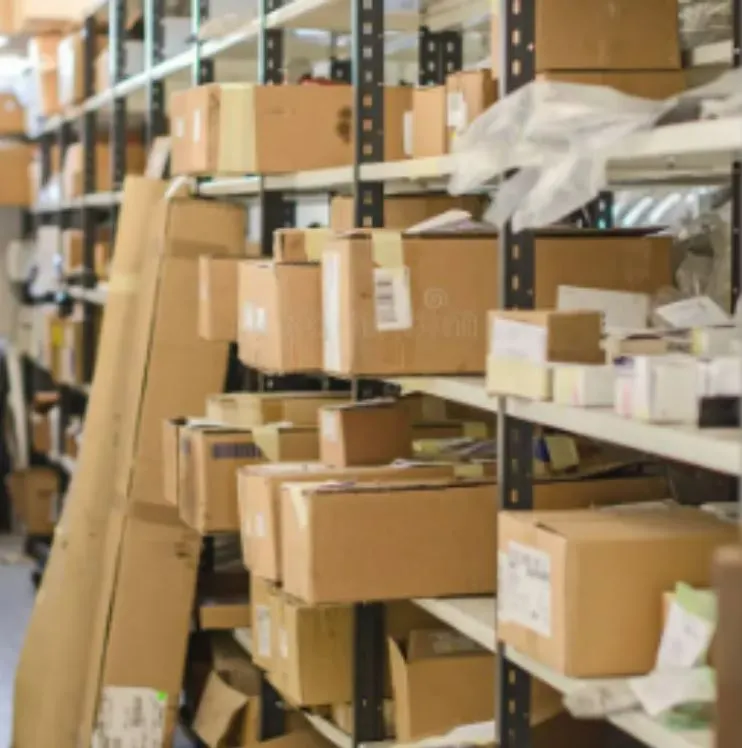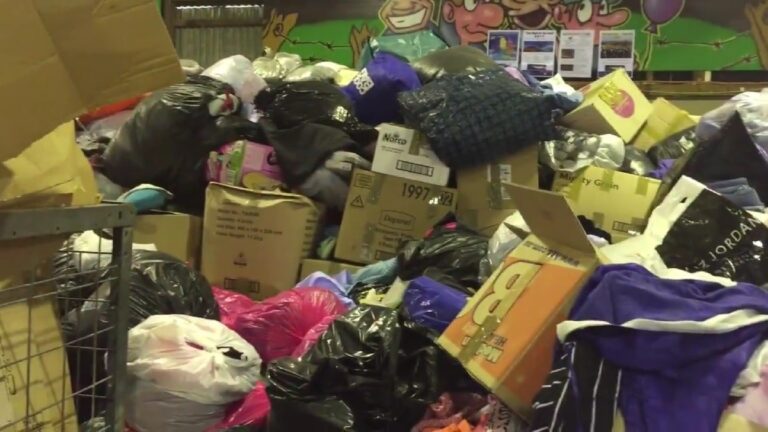Understanding the Psychology of Disaster Giving:
Why Good Intentions Don't Always Translate to Effective Aid

First and foremost, the immediacy and intensity of media coverage play a significant role in driving donations. Heart-wrenching images and stories of suffering flood our screens, triggering an emotional natural beautiful response that compels us to take action.
I have seen images of a little girl looking for her teddy in rubble after a wildfire, and all I wanted to do was stop her grief and give her my children’s toys. It is so natural to have this intense desire to feel like we’re making a tangible difference, but it can lead to impulsive and uninformed giving. The sense of urgency to contribute in any way possible, even if it means sending items that are not specifically requested, is just human.

Our goal here is to channel your incredible generosity into doing so much good! By emphasising the importance of financial donations, volunteering with reputable organisations, and responding to specific requests from relief agencies, individuals can ensure that their generosity has a meaningful and lasting impact.
By understanding the psychological factors that influence our giving we can be smart and hearty about the way we give, and I guarantee we will have long-lasting measurable impact.
Have a look at Recovere’s Carbon Calculator, which is a great way to see the impact of sending unsolicited bilateral donations (UBDs) overseas!
Tierney, K. J. (2006). From the margins to the mainstream? Disaster research at the crossroads. Annual Review of Sociology, 33, 503-525.
Curtis, K., & Thompson, L. (2018). The Influence of Social Identity on Charitable Giving. Journal of Consumer Research, 45(3), 613-635.
Prati, G., & Zani, B. (2013). The contribution of social support in predicting charitable donation and volunteering. Journal of Community & Applied Social Psychology, 23(1), 37-51.
| More Articles
Read more donation diary entries

